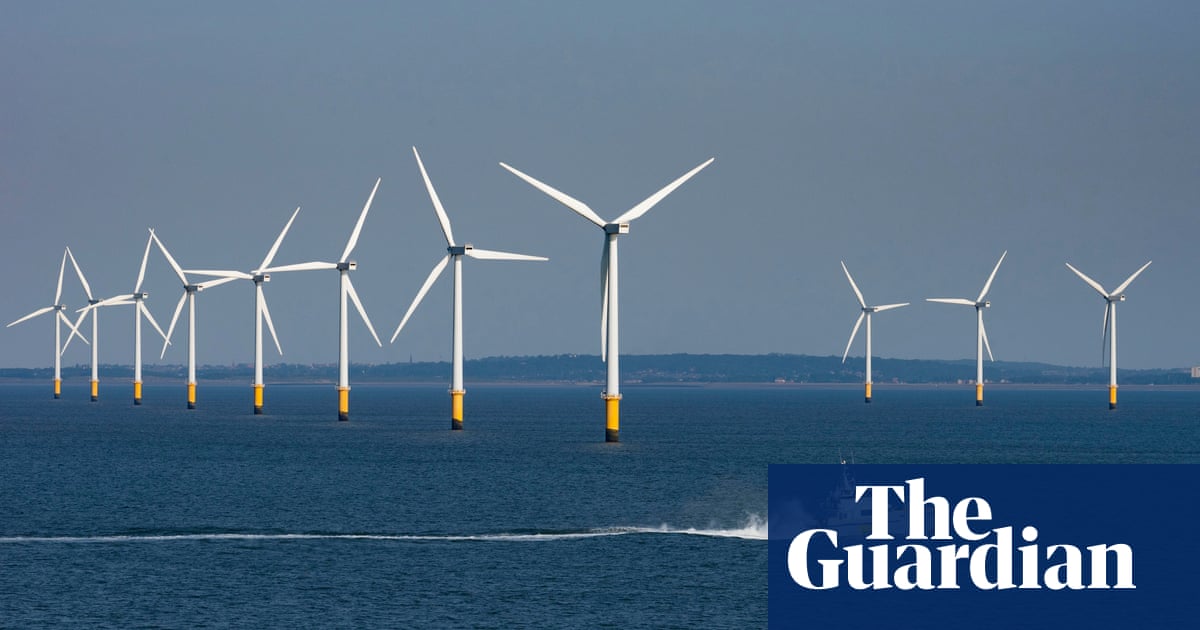- cross-posted to:
- [email protected]
- [email protected]
- cross-posted to:
- [email protected]
- [email protected]
Summary
Sweden vetoed 13 of 14 planned offshore windfarms in the Baltic Sea, citing defense risks. These projects would hinder Sweden’s defense by disrupting radar, sensor systems, and submarine detection, important for NATO’s newest member given nearby Russian threats.
Only the Poseidon project on Sweden’s west coast was approved, with 81 turbines set to generate 5.5 terawatt hours yearly.
NATO and Swedish leaders prioritized security over expanding renewable energy, highlighting Russian threats to undersea infrastructure: “We know Russia has advanced various forms of hybrid warfare beneath the sea to disrupt the European economy through internet cables, pipelines, and other vital connections. Our entire underwater economic network is at risk.”



Hmmmmm. Haven’t seen discussion on the radar or other sensor implications there. Be interesting to see The War Zone or similar run an article.
If one can viably use offshore wind farms as radar cover, that seems like it might be something to look into developing counters for more-generally, because those are probably going to become more widespread.
That’s probably especially true for Europe and some places in Southeast Asia, as they’re surrounded by shallow seas, where there may be a lot of offshore wind infrastructure showing up.
EDIT: Going the other way – China might be building offshore wind, and we probably have an interest in having subs be able to operate without being detected in the South China Sea, I wonder if it’s possible to synchronize submarine prop RPM to turbine RPM or something to maximize stealth.
EDIT2: For radar, might be able to use aerostat-based radars, see over turbines. Won’t help with microphone arrays or whatever, though. Could maybe stick sensors on the wind turbine bases, though. Add some cost, maybe, but then instead of a veil obscuring your view, you’ve got a lot of eyeballs.
EDIT3:
Yeah, that’s a whole 'nother ball of wax. As I pointed out back during discussions around Nord Stream 2, there is literally not even legal protection for pipelines, as things stand.
The only protection for cables today is a treaty negotiated in France in the 1800s intended to cover telegraph cables (like, they weren’t running HVDC lines then).
kagis
https://en.wikipedia.org/wiki/Convention_for_the_Protection_of_Submarine_Telegraph_Cables
That does not limit coverage just to data cables (despite the phrasing in the WP article I link to).
Dates to 1884. That’s the state of the art legally in the world in 2024, which is kinda mind-blowing.
My guess is that the US never had a strong reason to drive this, because the US is mostly surrounded by deep seas and doesn’t have anything important nearby across water, so not a whole lot of reason to build submarine infrastructure in relative terms or for it to be really critical for US security.
But the legal status is probably a lot more important for Europe, which has the Scandinavian penninsula, is mostly made up of penninsulas surrounded by shallow seas, has Africa across the Med, stuff like that. I think that there’s a good argument for the EU to have internal legal rules, like, Brussels-level powers to facilitate things like building pipelines and power lines overland rather than submarine. You had Spain trying to build critical infrastructure submarine around France to link the Iberian energy island to the rest of the EU rather than through France because France didn’t agree, which is a clusterfuck, but even if they do that, there are still some inescapable geographic realities – they’re probably going to still have more incentive for submarine infrastructure. So my suspicion is that Europe is likely to drive any change in the legal situation.
EDIT4: Potential areas of improvement might include:
Legal requirements on where ships, or maybe large ships, can anchor. Anchor-dragging, “accidental” or not, can damage lines.
Some mechanism for providing legal protection for infrastructure in international waters, especially pipelines.
Some mechanism for quickly detecting and localizing damage to infrastructure. Possibly also detecting mechanical disruption, like dragging.
Possibly the means to defend infrastructure. Part of the problem is that you can take out a lot of infrastructure at the depths they’re talking about with a COTS UUV from a surface ship that, last I looked around the Nord Stream 2 thing, was like $20k. That means that counters to something like a submarine, like lining your infrastructure with the equivalent of CAPTORs, isn’t gonna be economically effective; you can’t counter a group of 10 of those showing up at some point along the infrastructure. I have no idea if it’s even possible to reasonably counter attacks using current technology, even if they can be detected. Being able to attribute attacks to an attacker and deter them might be more realistic.
In the Netherlands we also had a specific windfarm canned because they could not mitigate the impact on a specific NATO radar system. There was an option to put a high tower for the radar system, but these windmills are so damn huge.